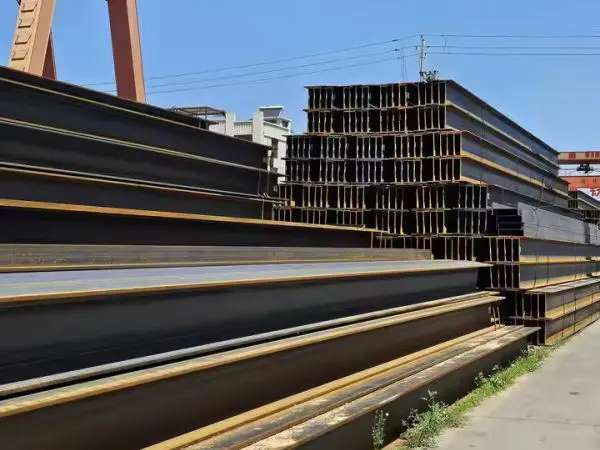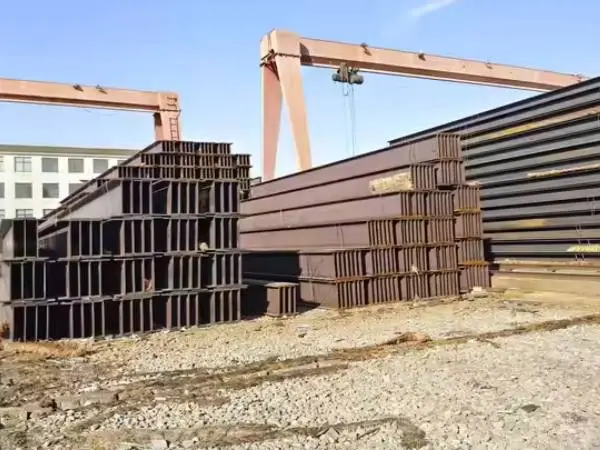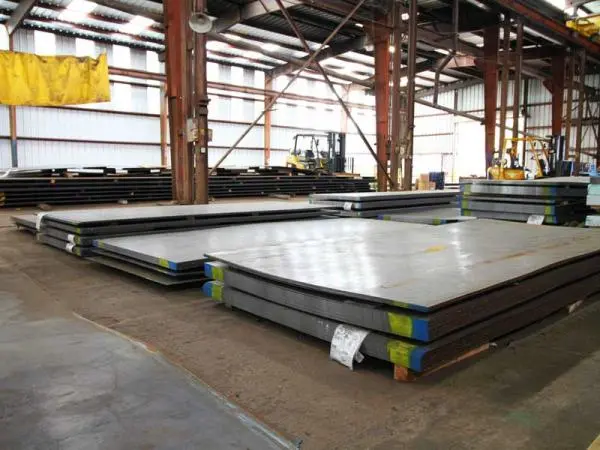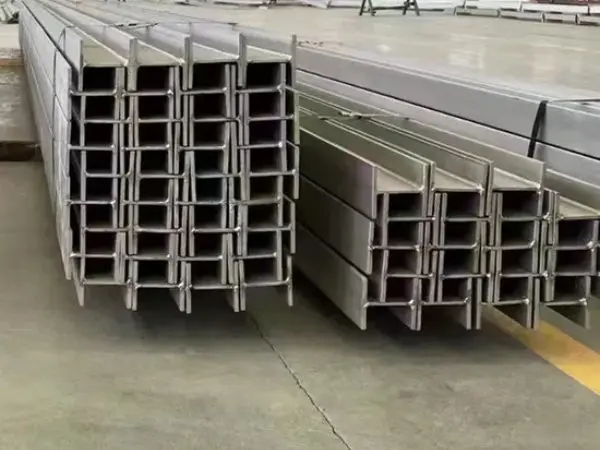- Phone0086 731 8564 8255
- E-mailsales@cscsteel-manufacturing.com
-

Spiral seam submerged arc welding (SSAW) steel pipes are widely used in various industries due to their strength and durability. However, like any manufacturing process, welding can present challenges that lead to defects, potentially compromising the quality and integrity of the final product. In this blog, we will explore some of the most common defects found in the welding area of SSAW steel pipes and discuss their implications.
1. Incomplete Fusion
One of the most prevalent issues in SSAW is incomplete fusion, which occurs when the weld metal does not fully melt and bond with the base metal. This defect can lead to weak spots that significantly reduce the overall strength of the weld joint. Incomplete fusion is often caused by improper welding parameters, such as insufficient heat or incorrect travel speed.
2. Porosity
Porosity refers to the presence of gas bubbles trapped within the weld metal. This defect can arise from various sources, including moisture in the welding environment or contaminants on the surface of the materials being welded. Porosity not only affects the aesthetic appearance of the weld but also diminishes its mechanical properties, making it more susceptible to fatigue and failure.
3. Slag Inclusion
Slag inclusion occurs when residual slag particles become trapped in the weld pool and are not removed during the welding process. These inclusions can weaken the weld and create stress concentrations, which may lead to premature failure under load. To prevent slag inclusion, it's essential to maintain proper welding technique and ensure thorough cleaning of the base material before welding.
4. Cracks
Cracking can occur in both the weld metal and the heat-affected zone (HAZ) due to various factors, including high-stress concentrations, rapid cooling rates, or improper material selection. Cracks can compromise the structural integrity of the steel pipe and may propagate over time, leading to catastrophic failures. Effective preheating and controlled cooling techniques can help mitigate this issue.
5. Underfill
Underfill refers to a situation where the weld bead does not reach the required height, resulting in insufficient weld material. This defect can create weak joints that may not withstand operational loads. Underfill often results from incorrect welding techniques or settings. Regular monitoring of weld bead profiles during the process can help identify and correct underfill issues promptly.
6. Alignment Issues
Misalignment of the pipe edges can significantly affect the quality of the weld. Proper alignment is crucial for achieving uniform penetration and ensuring that the weld joint can withstand mechanical stresses. Misalignment can occur due to improper setup of the welding machine or movement of the pipe during the welding process. Employing fixtures and careful inspection can help maintain alignment.
Conclusion
Understanding these common defects in the welding area of SSAW steel pipes is essential for manufacturers seeking to improve their processes and ensure the reliability of their products. By implementing best practices in welding techniques, monitoring conditions, and conducting thorough inspections, manufacturers can minimize defects and enhance the overall quality of their spiral seam welded pipes. Continuous education and training for welders are also critical in fostering a culture of quality and excellence in welding practices.
By addressing these challenges head-on, the industry can better ensure the performance and safety of SSAW steel pipes in their applications.




